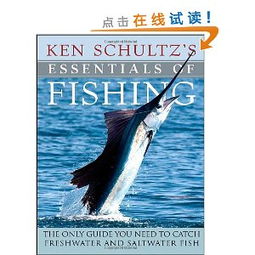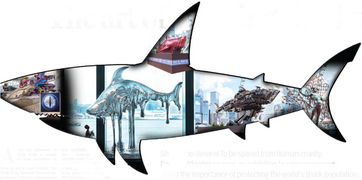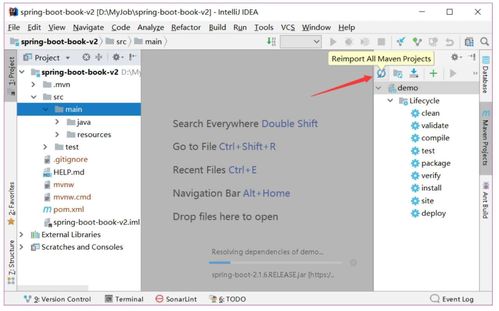Introduction: Fishing at the beach can be an enjoyable and rewarding activity for both beginners and experienced anglers. With the vast expanse of the ocean and the endless possibilities of catching a variety of fish, beach fishing offers a unique experience. Whether you are planning a day out with family or friends or looking for a peaceful retreat, this ultimate guide to beach fishing will provide you with essential techniques and tips to help you get started.
Choosing the Right Equipment: 1.1 Rod and Reel: When selecting a rod and reel for beach fishing, it is important to consider the type of fish you are targeting. For larger fish, a heavy-duty rod and reel combination is recommended, while lighter fish can be caught with a lighter setup. Ensure that the rod is suitable for casting in the wind and has a comfortable grip.
2 Line: The type of line you choose depends on the fish species and the conditions of the beach. Monofilament line is versatile and suitable for most beach fishing scenarios. However, braided line offers greater sensitivity and strength, making it ideal for catching larger fish.
3 Hooks: Hooks come in various sizes and shapes, so it is essential to choose the right one for your target fish. For smaller fish, use smaller hooks, while larger fish require larger hooks. Ensure that the hooks are sharp and properly secured to the line.
4 Lures and Bait: Lures and bait are used to attract fish. Artificial lures come in various shapes, sizes, and colors, while natural bait such as worms, crabs, or shrimp can be effective. Experiment with different lures and baits to see what works best in your specific fishing spot.
Choosing the Right Location: 2.1 Tides: Understanding the tides is crucial for successful beach fishing. High tide brings fish closer to the shore, while low tide exposes more shallow waters. Choose a location that offers a good balance of both high and low tide areas.
2 Currents: Currents can significantly impact your fishing experience. Fish tend to congregate in areas with strong currents, such as river mouths or currents near rocks. Choose a location with currents that are not too strong to avoid losing your tackle.
3 Structure: Look for areas with structure, such as rocks, reefs, or sandbars, as these provide shelter and attract fish. These structures can be found near the shore or in deeper waters.
Techniques for Beach Fishing: 3.1 Casting: Casting is a fundamental technique for beach fishing. Practice your casting technique to ensure accuracy and distance. Start with short casts and gradually increase the distance until you are comfortable.

2 Retrieval: The retrieval technique depends on the type of lure or bait you are using. For artificial lures, retrieve them in a manner that mimics the natural movement of the fish you are targeting. When using bait, allow it to sink to the desired depth before retrieving it slowly.
3 Baiting: When using natural bait, ensure that it is properly secured to the hook. For artificial lures, attach them securely to the line using a knot such as the Palomar knot or the Improved Clinch knot.
Safety and Etiquette: 4.1 Weather Conditions: Always check the weather forecast before heading out for beach fishing. Avoid fishing during severe weather conditions, such as storms or high winds.
2 Safety Equipment: Carry essential safety equipment, such as a first aid kit, a whistle, and a floatation device. Familiarize yourself with the local emergency procedures and carry a fully charged mobile phone.
3 Etiquette: Respect the environment and other anglers. Keep the area clean by disposing of trash properly, and avoid disturbing other anglers or local wildlife.
Conclusion: Beach fishing can be a thrilling and fulfilling experience with the right techniques and preparation. By following this ultimate guide to beach fishing, you will be well-equipped to tackle the vast expanse of the ocean and catch a variety of fish. Happy fishing!












